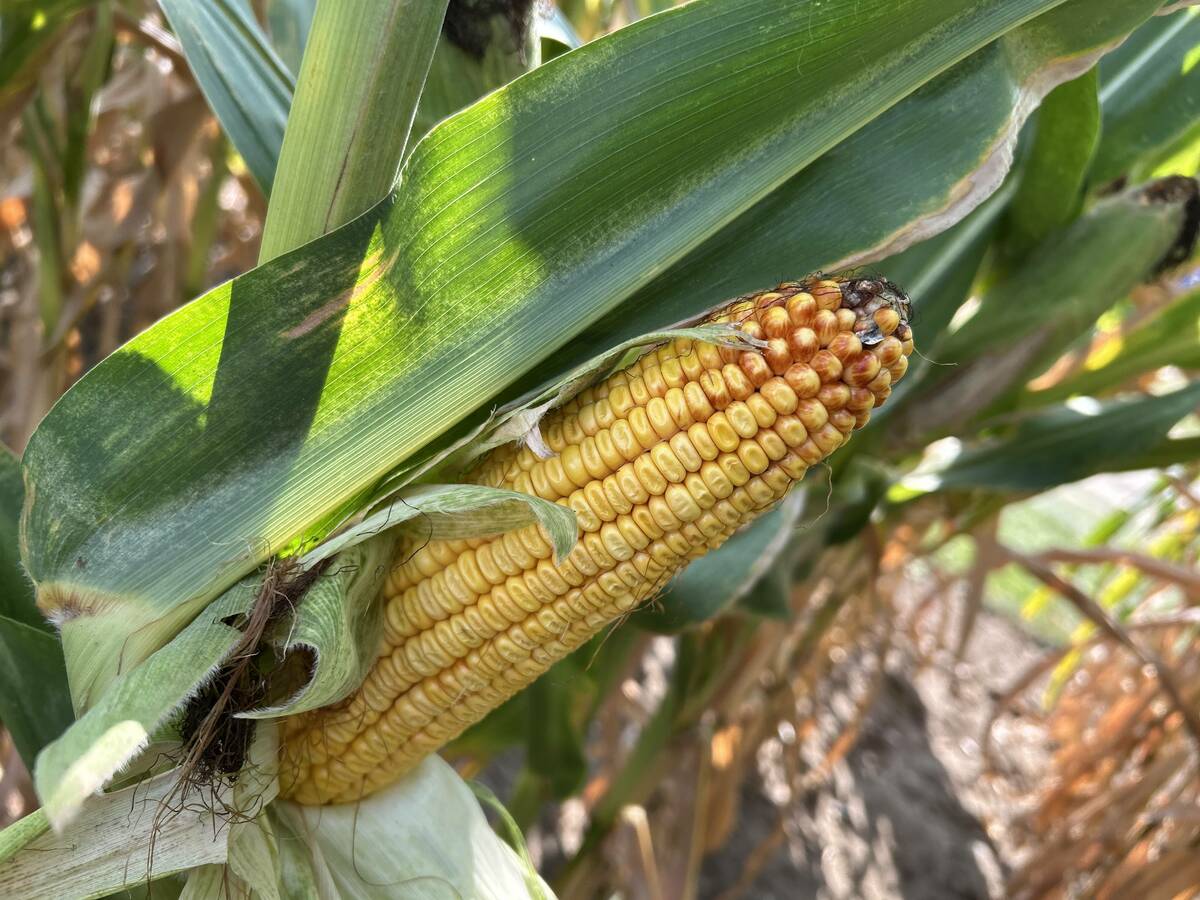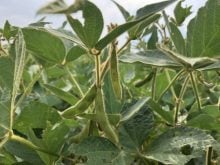You’d think that someone would have noticed before now.
Statistics Canada’s Dec. 31 stocks report has caused a minor furor in the canola industry with its estimate of available canola stocks released last week.
According to StatsCan, total stocks of canola in farm and commercial positions stood at 3.64 million tonnes at the end of 1994, about one-third more than Dec. 31, 1993.
Based on its survey, StatsCan said farm stocks stood at 2.65 million tonnes at the end of December. Most in the trade were thinking farm stocks should be at least 300,000 tonnes higher.
Read Also

Crop estimates show mixed results
Model-based estimates used by Statistics Canada showed the 2025/26 crop year has seen increases in canola, corn for grain, oats and lentils production while seeing dips in spring wheat, durum wheat, soybeans and barley in comparison to 2024/25.
So were did it all go?
Bob Broeska, with the Canadian Oilseed Processors Association in Winnipeg, spokesperson for crushers in Canada, said he is apprehensive about the accuracy of the Statistics Canada numbers.
In 1993, for instance, it underestimated the size of the canola crop. After the marketing year was over, the production number was added to this past fall.
What that does, Broeska said, is give the false impression that stocks are tighter than they are. Prices go needlessly higher to ration demand.
Broeska said crushers worry the market has again been fooled into thinking there’s less canola .
Broeska admitted that it’s in a crusher’s best interest to buy seed as cheaply as possible. But even without last week’s mini-rally, he said crush margins are already negative.
Greg Kostal, oilseed analyst with the UGG’s Grower Marketing Services, also said StatsCan’s stock numbers don’t add up. He thinks about 300,000 tonnes of canola isn’t accounted for.
Assuming the new stocks number is correct, Kostal thinks Statistics Canada may have overestimated the size of the 1994 canola crop. Rather than 7.228 million tonnes, it may be more like 6.8 or 6.9 million tonnes. That’s one way to change implied supply, he said. The other is if feed, seed and dockage is higher than its usual 7.5 percent of the total crop.
Kostal said it will take three or four months to see which approach is right. In the meantime, he’s advising clients to keep some canola in reserve, just in case markets get as interesting as they did in May and June last year.
With last week’s rally, $9 per bushel canola was available in some parts of the country, Kostal said, even though futures prices are $15 or $20 per tonne lower than they were two months ago, due to a narrow basis.














